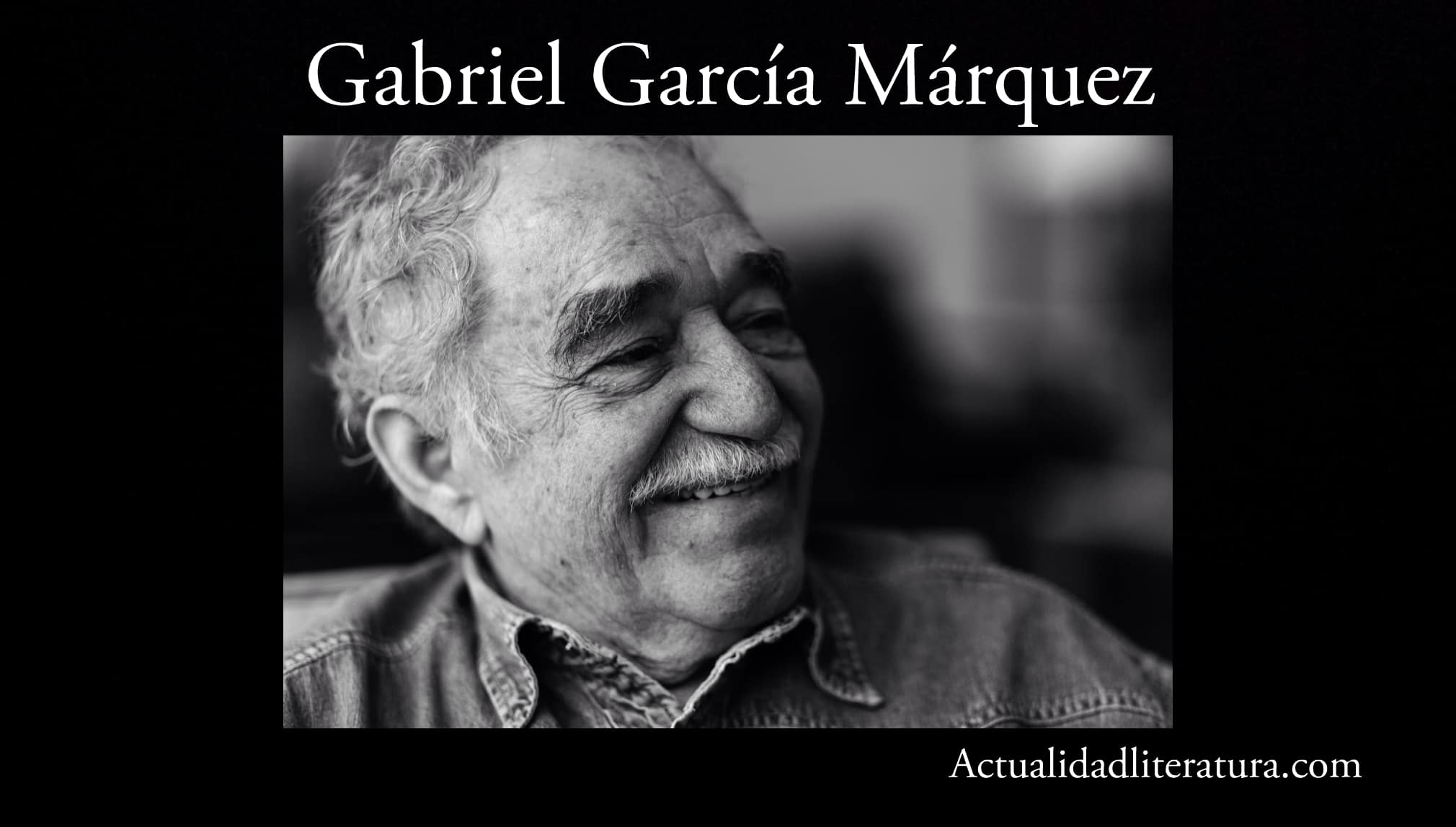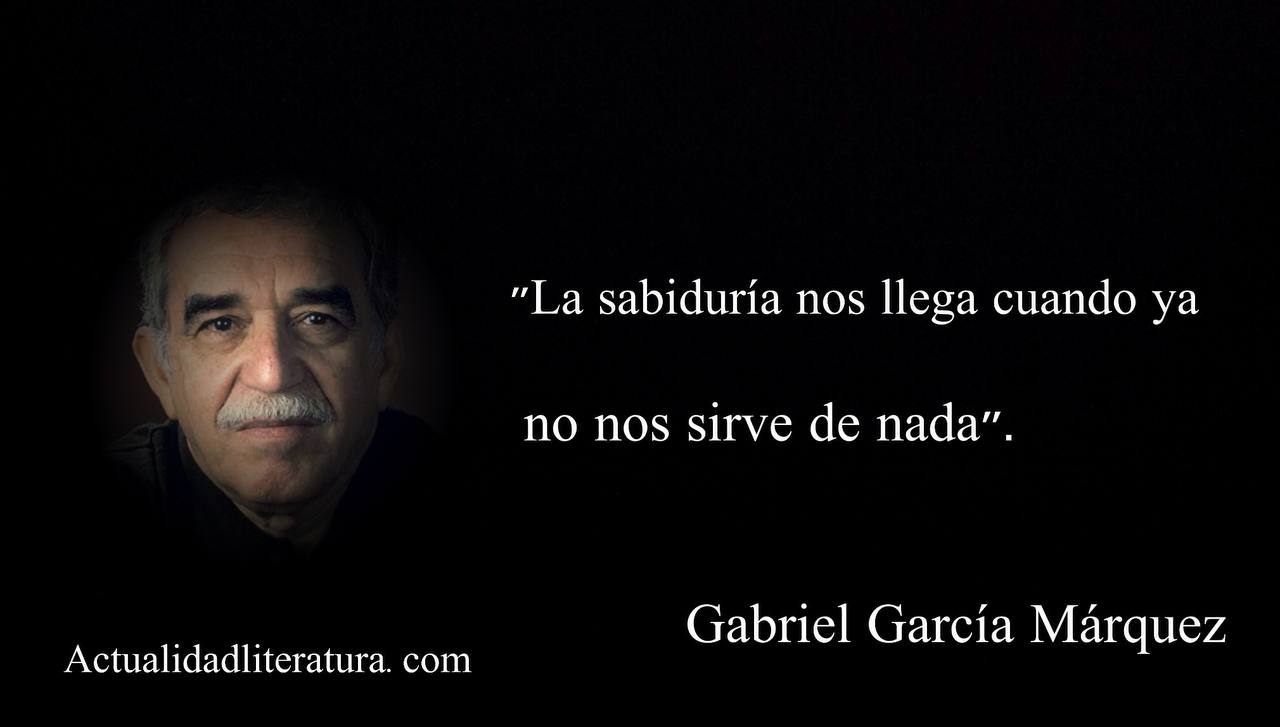
Gabriel Garcia Marquez.
Gabriel García Márquez's literary career is full of immortal publications that made him the winner of the 1982 Nobel Prize for Literature. One of his most acclaimed books is Love in the Time of Cholera (1985), whose structure, in the words of the New Granadan author, is “practically a soap opera”. This due to a "very long, very complicated and full of common places" plot.
Likewise, "Gabo" —the nickname of the Colombian writer— pointed to Madame Bovary (1856) by Gustave Flaubert as a determining influence for the elaboration of this novel. Likewise, Márquez took many elements from his own parents' relationship to put together this story. The result is a sublime tribute to undying love, adventure and death.
Analysis of Love in the Time of Cholera
historical framework
Although there are no explicit references to the years covered by the novel, there are several historical facts that allow to frame it. For example, the wedding between Fermina Daza and Doctor Juvenal Urbino he had doctor Rafael Núñez (1825-1894) as godfather. The latter became president of Colombia in three different periods between 1880 and 1887.
Other historical events recounted
- Hoffman's tales, opera premiered in Paris on February 10, 1881
- The siege of Cartagena led by the revealed general Ricardo Gaitán Obeso (1885)
- Colombian President Marco Fidel Suárez appears (he held office between 1918 and 1921)
- It alludes to the mandate of Enrique Olaya Herrera, a liberal politician who presided over the coffee country between 1930 and 1934.
Real events described in the novel
Fermina, Florentino and Dr. Urbino are completely fictional characters. However, many of his acts occurred in real life. In relation to the beginnings of the romance of his parents, García Márquez explained: “The love affairs of Florentino Ariza and Fermina Daza, so unhappy in the early years, they are a verbatim copy, minute by minute, of the love of my parents".
Main characters
Fermina Daza
Proud woman of impulsive tendencies and strong character. Despite her rebellious mentality, deep down she tends to feel insecure about herself.. For this reason, she uses anger to not be fearful. In any case, she eventually gives in to her family's wishes, ends her relationship with true love—Florentino—and agrees to marry Dr. Urbino.
Florentino Ariza
Businessman of humble origins with the gift of a poet who falls fervently in love with Fermina, to whom he swears eternal fidelity. To communicate with his beloved, he has the help of Escolástica, the young woman's aunt. He manages to keep his promise for a time, but after losing his virginity to a stranger on board a ship, he becomes an inveterate womanizer.
Juvenal Urbino
Fermina's husband and a doctor dedicated to eradicating cholera from his people. He is a highly admired man due to his dedication to others. However, the doctor is not as straight as all the villagers think, because he commits adultery with one of his patients (Bárbara Lynch).
Synopsis
The main setting of the novel is the Colombian Caribbean coast, specifically around Cartagena. There, Florentino and Fermina fall in love at a very young age. However, the girl ends up married to Dr. Juvenal Urbino, a young man highly sought after by the single women of the town and more adjusted to the pretensions of Lorenzo Daza, Fermina's father.

Gabriel Garcia Marquez Quote
Given this circumstance, Florentino decides to wait for 50 years until the doctor's death. After being left by her, the protagonist becomes the owner (along with his brothers) of a river company to ascend socially. In the midst of his spite, he sleeps with more than a hundred women, but he never manages to forget Fermina; not even half a century later.
A love story with a current parallel
Publishing and sales
The first edition of Love in the Time of Cholera was released on December 5, 1985. At that time, two years had passed since Gabriel García Márquez had received the Nobel Prize for Literature. The book posted good sales numbers and has been translated into half a dozen languages to date. Additionally, the title received several awards, including:
- best fiction book Los Angeles Times (United States, 1988)
- Gutenberg Prize, best foreign novel (France, 1989).
Already in more recent times, the publisher Penguin Random House reported that sales of the title have increased significantly since the appearance of the Covid-19 pandemic. About, Cristóbal Pera director of Vintage Spanish —a subsidiary of Penguin Random House— he declared: “deep down, it talks about the love that overcomes cholera, a pandemic, and gives a lot of hope” (Weather.
Adaptation to the big screen
Love in the Time of Cholera (2007) was the first film adaptation of a García Márquez title made by a Hollywood studio. In it, the protagonists were played by Giovanna Mezzogiorno in the paper Fermin, Javier Bardem as Florentino Ariza and Benjamin Bratt representing the dr urbino, under the direction of Mike Newell.
About the Author
Son of Gabriel Eligio García and Luisa Santiaga Márquez Iguarán, Gabriel José de la Concordia García Márquez was born on March 6, 1927, in Aracataca, Magdalena, Colombia. The opposition of Luisa's father, Colonel Nicolás Ricardo Márquez Mejía (with whom the future writer spent his early childhood), to the relationship between his parents would be reflected in Love in the Time of Cholera.
Furthermore, the Colonel influenced "Gabito" with his stories about death and events such as the Massacre of the banana plantations (1928). In the aforementioned event, around 1800 striking workers from the United Fruit Company of the United States were killed by the Colombian army. This tragedy was captured by García Márquez in his consecrating novel, One Hundred Years of Solitude.
Literary career
Gabo's first literary releases coincided with the beginnings of his journalistic work in El Espectador of Colombia in the year 1947. Likewise, the aforementioned newspaper published all of García Márquez's creations until 1952. With journalism —together with the creation of novels—, García Márquez intended to create a fairer society.
Decade and a half after it was produced it went on sale One Hundred Years of Solitude (1967) in Buenos Aires; the rest is history. Until his death on April 17, 2014 in Mexico, the author from New Granada published a dozen novels, four stories, three non-fiction narratives, seventeen journalistic texts, a play and numerous texts, including memoirs, speeches and film workshops.
The novels of Gabriel Garcia Marquez
- Litter (1955)
- El coronel no tiene quien le escriba (1961)
- Bad time (1962)
- One Hundred Years of Solitude (1967)
- The Autumn of the Patriarch (1975)
- A Chronicle of a Death Foretold (1981)
- Love in the Time of Cholera (1985)
- The general in his labyrinth (1989)
- Love and Other Demons (1994)
- Memories of my sad whores (2004)
